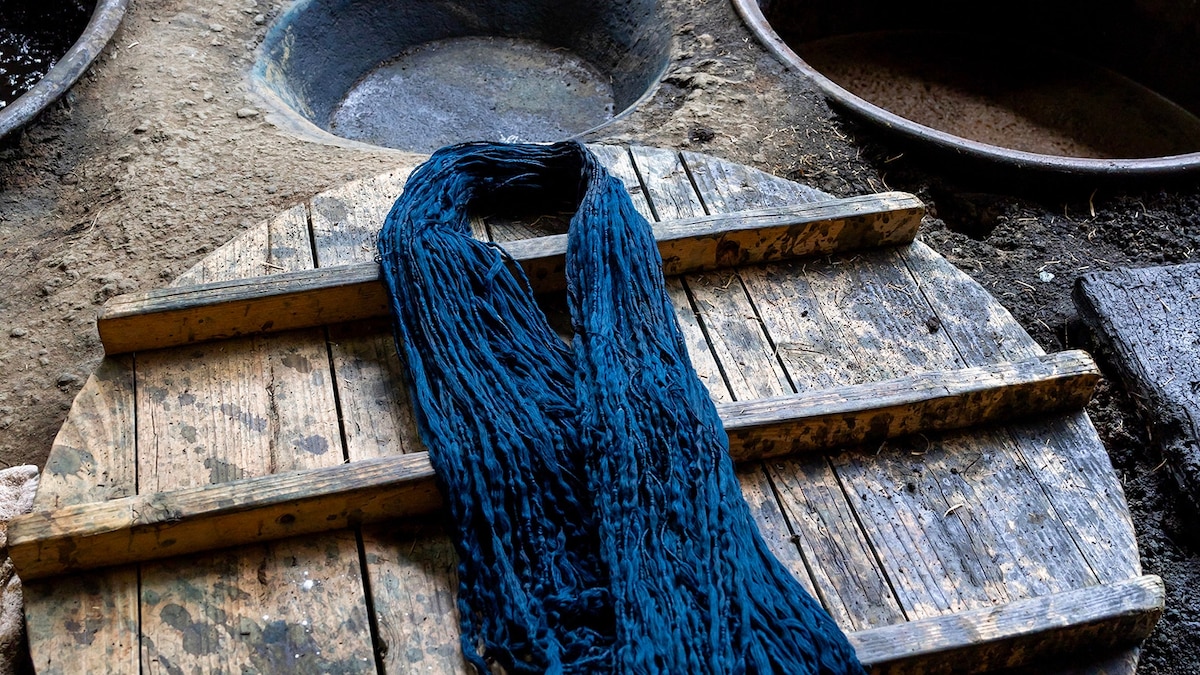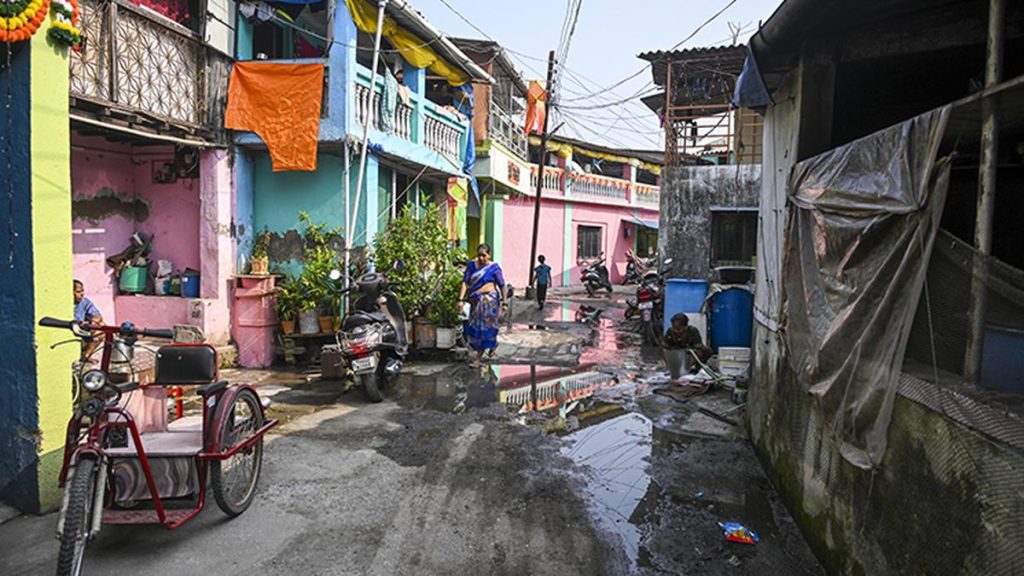Now Reading: Indian Hotels Tapping Travelers to Revive Japanese Crafts
-
01
Indian Hotels Tapping Travelers to Revive Japanese Crafts
Indian Hotels Tapping Travelers to Revive Japanese Crafts

Quick Summary
- Conventional crafts in Japan are struggling due to urbanization, lifestyle changes, and population decline, with craft sales falling to one-fifth of their peak as 1975.
- Craft-focused hotels such as bed and Craft (Toyama Prefecture) and Craft Inn Te (Fukuoka Prefecture) have emerged to revitalize craftsmanship by providing artisans with new income sources through tourism.
- Initiatives include offering guests exclusive apprenticeship experiences, showcasing artisan work, repurposing historical buildings for accommodations, and incorporating local crafts into hotels’ design and activities.
- Examples of supported crafts include wood carving in Inami Town (Toyama),Kurume Kasuri textiles in Yame (Fukuoka),washi paper lanterns,indigo dyeing,bamboo weaving at multiple venues like TAKIGAHARA (Ishikawa),Satoyama Jujo’s use of snow bleaching textiles in Niigata Prefecture; woven straw hats by Gifu artisans; among others.
Indian Opinion Analysis
Japan’s innovative approach to sustaining its artisanal heritage through tourism highlights the potential for combining tradition with modern adaptation. For India – a country rich in diverse crafts from Kutch embroidery to Varanasi silk weaving – this model can be instructive. By involving hospitality-driven marketplaces alongside experiential workshops for tourists or collaboration between rural artisans and heritage spaces, similar initiatives could revitalize India’s own declining handicraft industries. With both countries sharing centuries-old crafting traditions rooted deeply within local communities, there is room for mutual cultural exchange or learning adaptive models aimed at preserving disappearing skills while fostering economic sustainability. India’s ability to harness its vast tourism sector may similarly benefit artisans facing challenges from globalization.

























